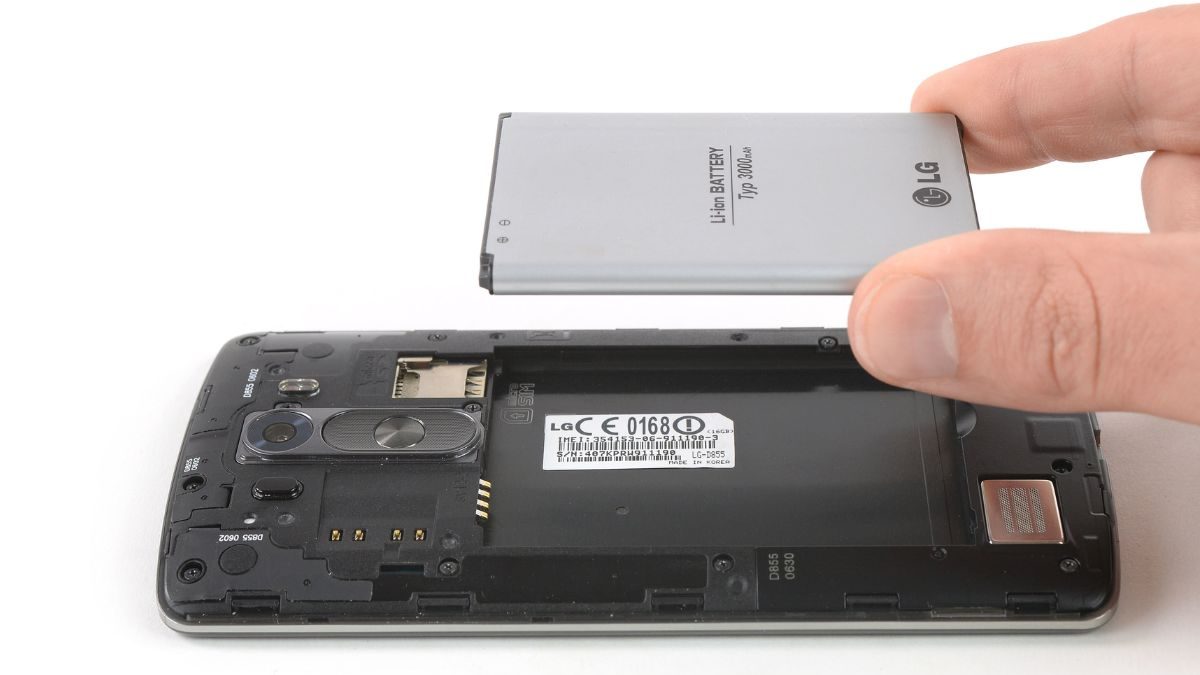User-Replaceable Smartphone Batteries Could Make A Comeback: Here’s How – News18

Could user-replaceable batteries make a comeback worldwide? (Image: iFixit)
OEMs selling smartphones in the European Union could be made to design their smartphones in order to allow users to replace rechargeable batteries on their own.
Remember the time when you could simply remove the back panel of a phone to replace its battery? Well, from the looks of it, it could soon become the norm again—at least in the EU—as OEMs selling smartphones in the European Union could be made to design their smartphones in order to allow users to replace rechargeable batteries on their own.
The Parliament has approved new rules for the design, production, and waste management of all types of batteries sold in the EU. “Portable batteries in appliances must be designed so that consumers can easily remove and replace them themselves,” the EU noted.
The law will go into effect from 2027, so manufacturers have ample time to figure things out. And once it does come into effect, users in the EU will be able to replace their device batteries themselves—without the need for special tools to open them.
Considering the size of the EU market, and when the final “final vote in plenary” goes, it could be possible that OEMs adapt the designs that could be sold in the EU for other regions as well—considering the supply chain and production issues that might emerge to produce two iterations of the same device.
Moreover, as part of the deal, manufacturers will also need to include “a carbon footprint declaration and label will be obligatory for EV batteries, LMT batteries and rechargeable industrial batteries with a capacity above 2kWh.”
The EU also notes that “by 31 December 2030, the Commission will assess whether to phase out the use of non-rechargeable portable batteries of general use.”
In other news, to abide by the regulations set by the EU, Apple is expected to finally make the switch to USB-C as the default charging port on all iPhones. The upcoming iPhone 15 series is expected to feature USB-C as the default charging port, thereby ditching the proprietary Lightning port to abide by EU laws.
For all the latest Technology News Click Here


